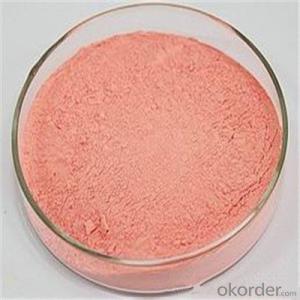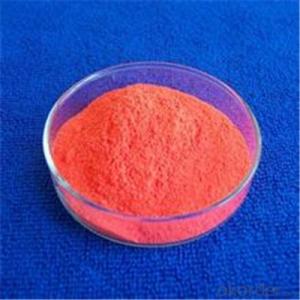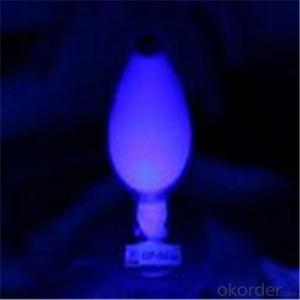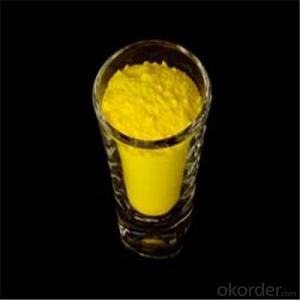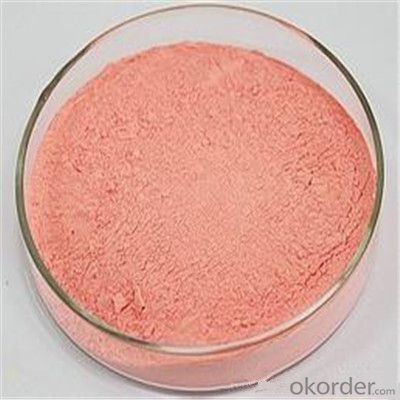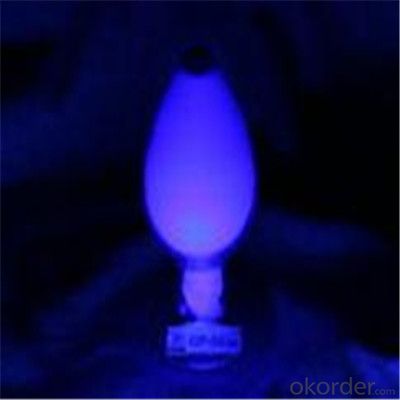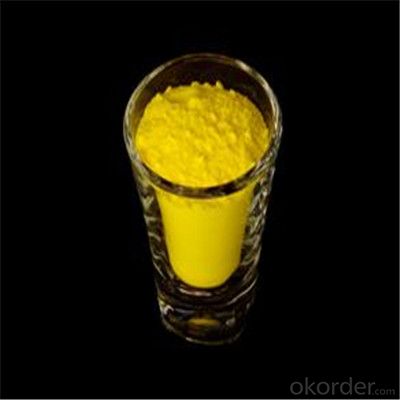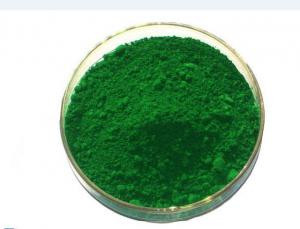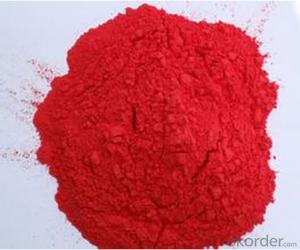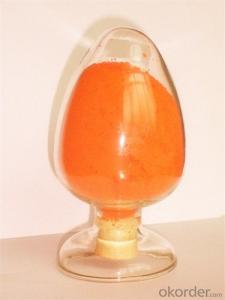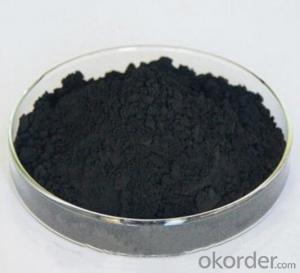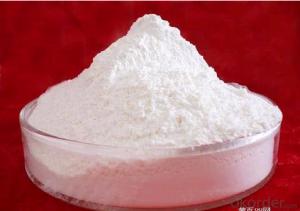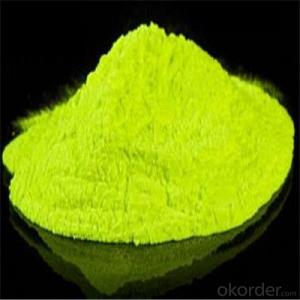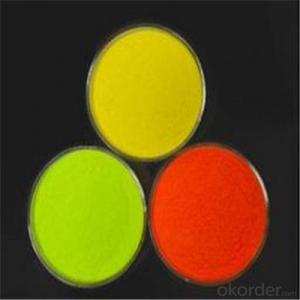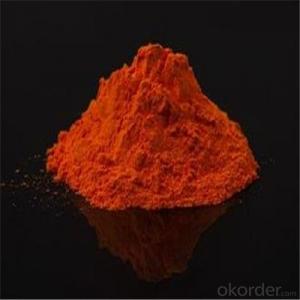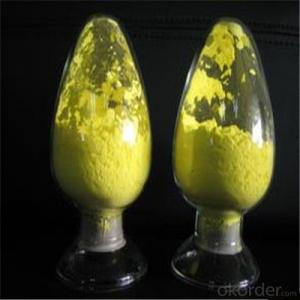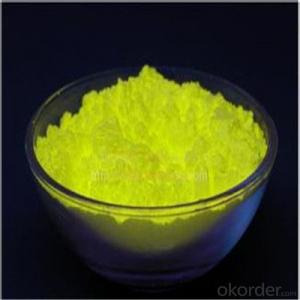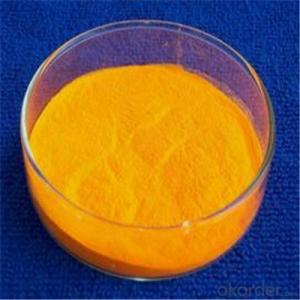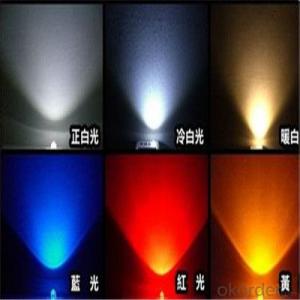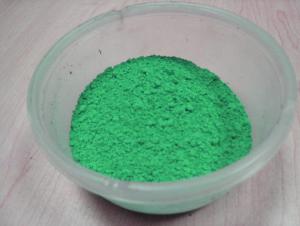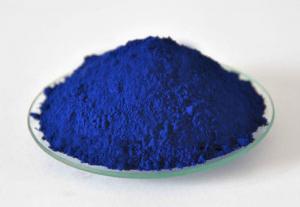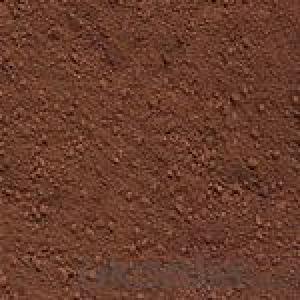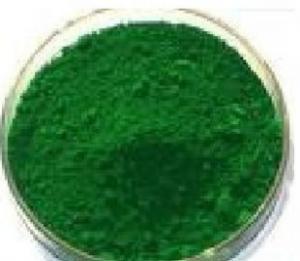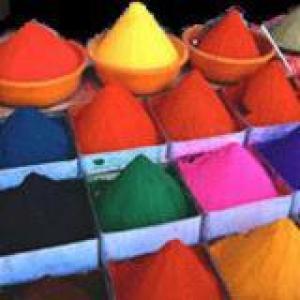LED Fluorescent Powder with High Brightness Supplied by China
- Loading Port:
- Huangpu
- Payment Terms:
- TT OR LC
- Min Order Qty:
- 77 kg
- Supply Capability:
- 100000 kg/month
OKorder Service Pledge
OKorder Financial Service
You Might Also Like
Description of LED Fluorescent:
Extensive usage: it applies to various LED encapsulation from cool white to warm white. The rendering index can be up to 98 with red powder.
Festures of LED Fluorescent:
phosphor of MINHUI is a new type of long after-glow powder, it can continuously give off light for over 12 hour phosphor for straight tube lamp, with high brightness,lumen maintenace,low-light decline,kinds of color temperature. phosphor is called as calcium halphos ,fluorescent powder for fluorescent lamp ,phosphor powder for lamp ,halo phosphor,glowing powder,lamp powder,phosphor for lamp,light powder etc.
Specifications of LED Fluorescent:
Appearance: Yellow crystalline powder
Chemical composition: Rare earth aluminate
Physical stability: waterproof and heatproof. No any changes under -50°C to 300°C in the air.
Chemical stability: under 200°C, brightness >90%; within 1000 hours after encapsulation, brightness decay
Safety: Conform to the RoHS {EU (Restriction of Hazardous Substances)} and all security standards. Non-poisonous, non- radioactivity and do no harm to human and environment.
Images of LED Fluorescent:
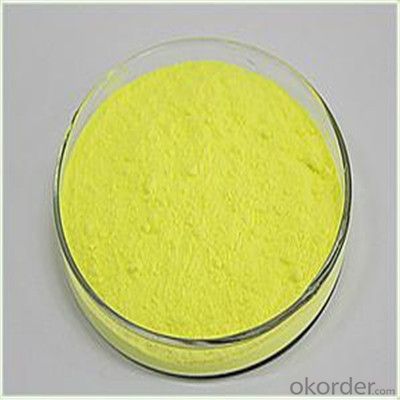
FAQ:
1.When can i get the price quotation?
We can send you the quotation within 24hours after your inquiry, including the shipping cost if you need.
2.What about payment term?
30% T/T deposit, balance against B/L copy.
Full T/T payment if quantity less than MOQ.
3. What’s your after-sales service?
One-year warranty, and 1% common accessories.
- Q: i need pigment in powdered form and i need it to be oil based for my resin project. i was thinking about just crushing up artist oil pastels but i need it to be really fine with no chunks. sooo, i was wondering if anyone sells really fine oil based art pigment powders in a variety of colors. or do you know of i way i could crush up the pastels super fine so it will mix evenly into the resin? (i hope this made sence, i don't know much about art lol)thanks!!!:)
- Hi. okorder /... Those are all pure pigments, no hues or imitations. The prices may seem high, but even a half a pound of pigment is a huge amount. Prices I've seen on other sites are higher. I do not think it will work to crush up pastels, oil or otherwise, because they already have a binder and probably a lot of filler in them -- you will get a very weak color. Hope this helps.
- Q: Is gel food coloring a pigment or a dye?
- Dyes contain pigments, my friend. What is a pigment? They are like little beads. Very very tiny beads of the same color. Then if you spread these out, they give the thing a color. For example, the little green beads in leaves give it a green color. Pigment in our hair gives it a blonde/auburn/brown/black color. What is a dye? A dye is a liquid made up of water and pigments. The pigments are dissolved in water (well not really dissolve just that you cant see the beads) so that it's easier for us to use it. Everything that has a color is made up of pigments. So, gel food coloring is a thicker version of a dye that contains pigments.
- Q: which do you think is better??? and how do you apply pigment??? my boyfriend gave me a bag full of MAC make up in which there are 2 pigment bottles... i already love their eyeshadow.. i just want people's opinion on which one is better and when to use pigment... i mean, what is the difference??? Help Please!
- Pigment gives a stronger color. You can apply it normally like shadow with a brush or put water on the brush and apply it to intensify the color. I like pigment for a night time look and shadow in the evening.
- Q: Why does a plant use several pigments instead of one or two?Why are plant leaves green?
- The several other pigments that are found with chlorophyll a multi-task. They work with chlorophyll a to provide energy by absorbing light from the sun and other jobs as well. Some accessory pigments help protect the plant while collecting energy, others help regulate the photosynthetic process.
- Q: What is the difference between a pigmented eyeshadow and a non - pigmented one?
- Pigment is the amount of saturated color that will come up when you touch the eye-shadow with your finger (or apply it with a brush) A poorly pigmented dark purple eye shadow may leave only a soft wash of sheer lavender pigment on the eye, and it may require you to apply several layers to achieve a color similar to how the shadow looks in the pan. A highly pigmented shadow has great color payoff, and looks (on the eyes) the same as it does in the pan, and doesn't require lots of packing on the color. Highly pigmented eye shadows are preferred by most people because they are quicker, and easier to work with and stand out. Poorly pigmented eye shadows, however, may be great for younger girls who are just starting to wear makeup, girls with very fair skin, or people who like Subtle makeup An example of poorly pigmented eye-shadow would be the Color Workshop palettes often sold at drugstores around Christmas, they are fine for beginners, but for people who want dramatic makeup they will not be able to achieve the look with shadows of this quality. Wet n wild 3 pan palettes, and most of the 8 pan palettes are very pigmented, as are L'Oreal infallable eyeshadow-pots, MAC eyeshadows, urban decay eye-shadows and most of the higher end shadow brands. Some eye-shadows targeted towards older women, such as Elizabeth Arden, although pricey, lack pigmentation.
- Q: Does anyone know its chemical formula or constituents ?
- Pigments are generally used for overdipping or decorating candles. Pigments do not fade and do not migrate/bleed, but pigments will clog wicks if used to color solid-colored candles. Pigment flakes are clean and easy to use and give vivid and brilliant colors. They are safe for the candlemaker and for the candlemaker’s customers. The pigment flakes comply with OSHA, TSCA and EN 071 (part 3) legislation. Pigments are insoluble in the medium they are coloring. Pigments, therefore, are not soluble in wax. They color the wax by dispersion. This means that pigments have to be distributed evenly throughout the wax, or dispersed in the wax, in order to color it (versus dyes which are soluble in wax and become a part of the wax to color it). Mixing, therefore, is very important. Usage and Dosage Instructions Dissolve pigments flakes in your wax formulation at approximately 185F - 85C. It is recommended to pre-disperse the required amount of color (see dosage chart) in a small amount of the dipping wax in a ratio of 1:5 color to wax. This should be done at 185F - 85C, using an electric mixer will disperse the color more quickly. Once the pigment is well dispersed, add it to the remaining dipping wax. Stir the dipping wax well before starting production and after each production break. Overdipping Dosage 2 dips : 1% by weight of wax formulation 1 dip : 1.5% by weight of wax formulation For color consistency, always add the same amount of color to your dipping wax. Use a scale to weigh the components of your dipping formulation. Always dip candles at the same temperature, temperature variations will result in color deviations. Too hot a dipping wax will make the shade of color on the candle appear lighter. Too cold a dipping wax will make the shade of color on the candle appear darker. Any variations in the overdipping wax used may result in a change of color on your finished candle. PROPER MIXING IS NECESSARY TO ACHIEVE UNIFORM DISPERSION OF PIGMENTS
- Q: I got this question from my A2 Biology but I can't find the answer. Does anybody know?
- Color. Chlorophyll a is light green. The accessory pigments, chlorophyll b is olive green, the xanthophylls are yellow/brown, and the carotenes are red.
- Q: Can somebody answer this in AP BIO language please
- A pigment molecule absorbs at specific wavelength(s), meaning that when light of a specific wavelength is incident to the molecule only certain wavelengths are absorbed while others are transmitted. The spectrophotometer emits monochromatic light (light of only one wavelength) which passes through the pigment molecule and a detector determines the amount of light that is either absorbed or transmitted by the sample. This is done at wavelengths from the UV (180-330 nm) to the visible (330-700 nm) and the light that is either transmitted or absorbed is detected by the spectrophotometer and is able to be graphed with absorbance representing the y-axis and wavelength representing the x-axis. The resultant graph will depict the absorption spectrum of that particular pigment molecule. Hope that helps.
- Q: Why is it important for a plant to have more pigments than just chlorophyll?
- if the plant has more than one color of pigments, it can absorb more spectrums of the visible scale and create food longer, therefore surviving longer
Send your message to us
LED Fluorescent Powder with High Brightness Supplied by China
- Loading Port:
- Huangpu
- Payment Terms:
- TT OR LC
- Min Order Qty:
- 77 kg
- Supply Capability:
- 100000 kg/month
OKorder Service Pledge
OKorder Financial Service
Similar products
Hot products
Hot Searches
Related keywords
